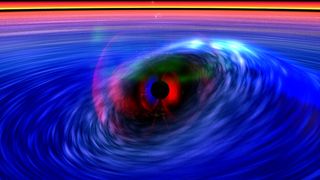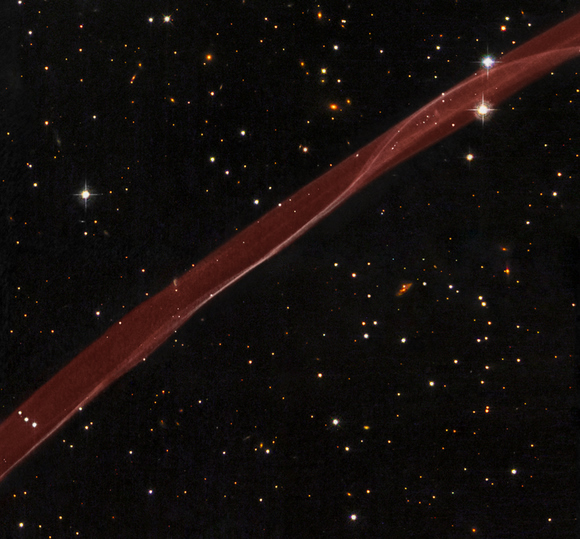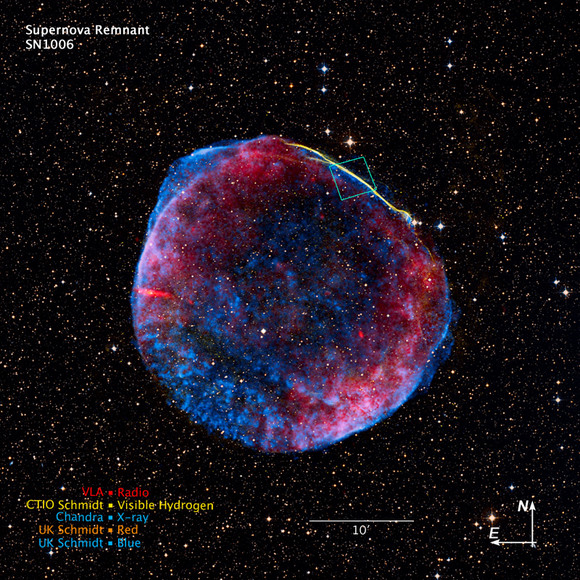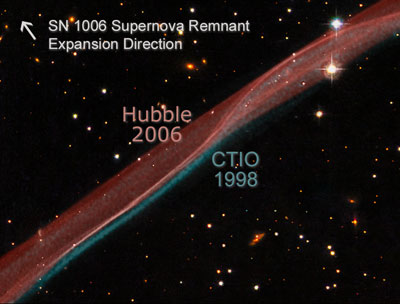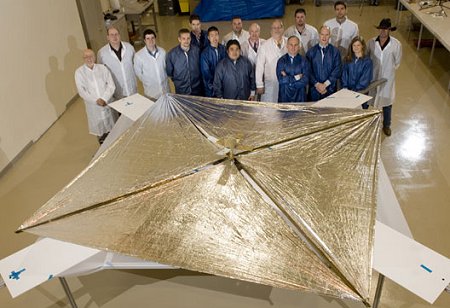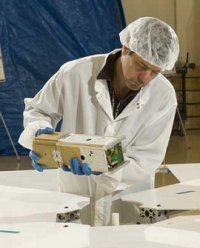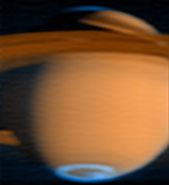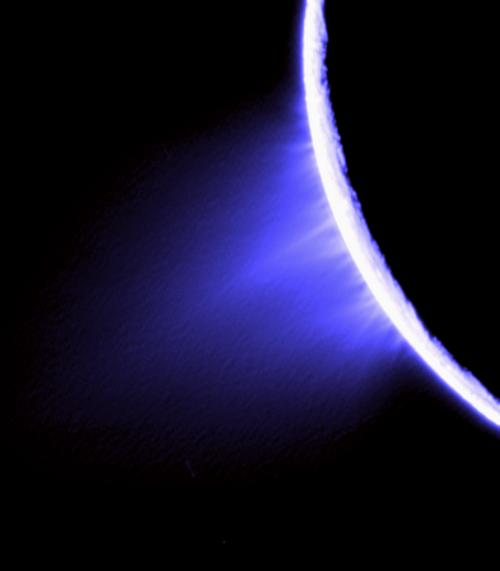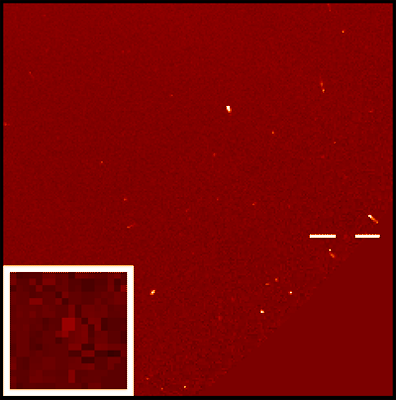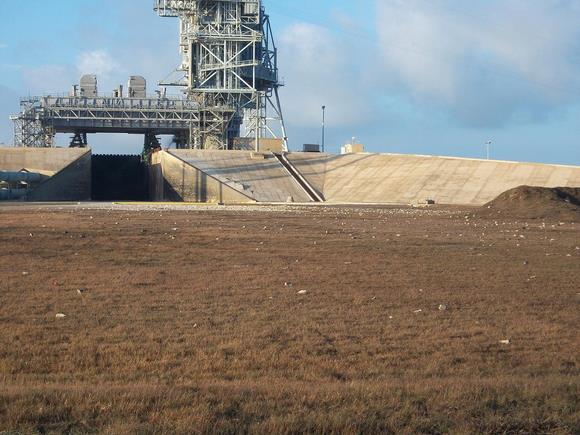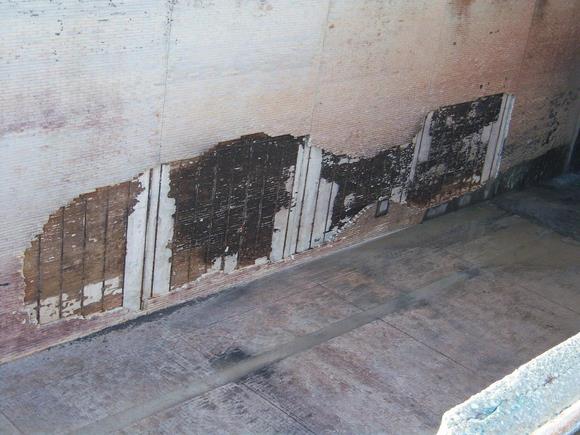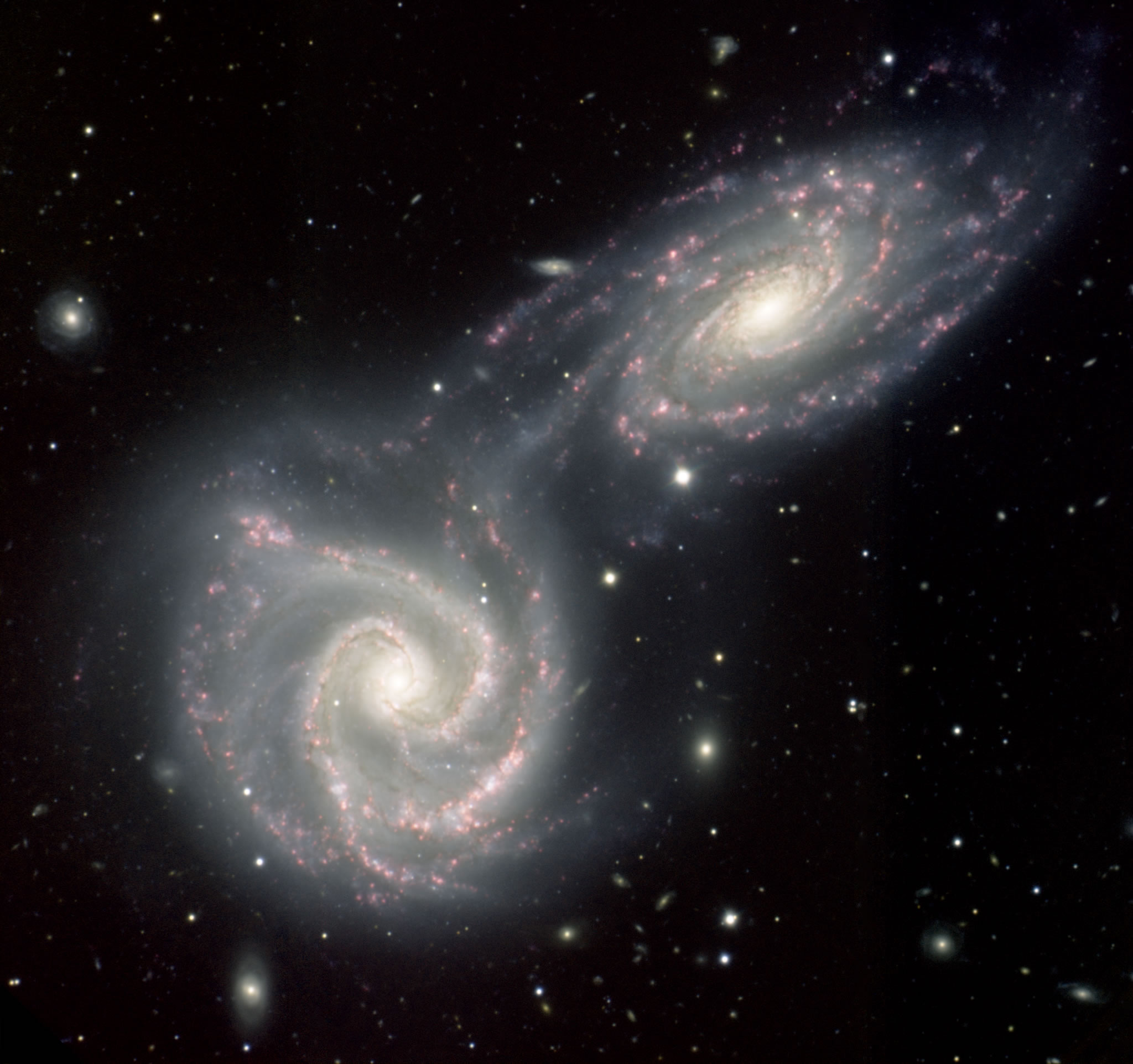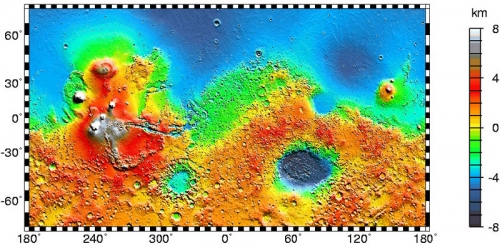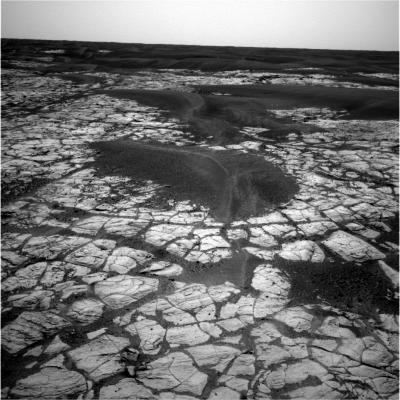NASA’s twin STEREO spacecraft have been studying the sun since their launch in 2006. But the mission made a surprising and unexpected discovery by detecting particles from the edge of the solar system, and for the first time, scientists have now been able to map the region where the hot solar wind meets up with the cold interstellar medium. However, this wasn’t done with optical instruments imaging in visible light, but by mapping the region by means of neutral, or uncharged, atoms. This breakthrough is a “new kind of astronomy using neutral atoms,” said Robert Lin, from the University of California Berkeley, and lead for the suprathermal electron sensor aboard STEREO. “You can’t get a global picture of this region, one of the last unexplored regions of the heliosphere, any other way because it is too tenuous to be seen by normal optical telescopes.” The findings also help clear up a discrepancy in the amount of energy in the region found by the Voyager 2 spacecraft as it passed through the edge of the solar system last year.
The heliosphere stretches from the sun to more than twice the distance of Pluto. Beyond its edge, called the heliopause, lies the relative quiet of interstellar space, at about 100 astronomical units (AU) – 100 times the Earth-sun distance. The termination shock is the region of the heliosphere where the supersonic solar wind slows to subsonic speed as it merges with the interstellar medium. The heliosheath is the region of churning plasma between the shock front and the interstellar medium.
The twin STEREO spacecraft, in Earth’s orbit about the sun, take stereo pictures of the sun’s surface and measure magnetic fields and ion fluxes associated with solar explosions.
Between June and October 2007, however, the suprathermal electron sensor in the IMPACT (In-situ Measurements of Particles and CME Transients) suite of instruments on board each STEREO spacecraft detected neutral atoms originating from both the shock front and the heliosheath beyond.
“The suprathermal electron sensors were designed to detect charged electrons, which fluctuate in intensity depending on the magnetic field,” said lead author Linghua Wang, a graduate student in UC Berkeley’s Department of Physics. “We were surprised that these particle intensities didn’t depend on the magnetic field, which meant they must be neutral atoms.”
UC Berkeley physicists concluded that these energetic neutral atoms were originally ions heated up in the termination that lost their charge to cold atoms in the interstellar medium and, no longer hindered by magnetic fields, flowed back toward the sun and into the suprathermal electron sensors on STEREO.
“This is the first mapping of energetic neutral particles from beyond the heliosphere,” Lin said. “These neutral atoms tell us about the hot ions in the heliosheath. The ions heated in the termination shock exchange charge with the cold, neutral atoms in the interstellar medium to become neutral, and then flow back in.”
According to Lin, the neutral atoms are probably hydrogen, since most of the particles in the local interstellar medium are hydrogen.
The findings from STEREO, reported in the July 3 issue of the journal Nature, clear up a discrepancy in the amount of energy dumped into space by the decelerating solar wind that was discovered last year when Voyager 2 crossed the solar system’s termination shock and entered the surrounding heliosheath.
The newly discovered population of ions in the heliosheath contains about 70 percent of the energy dissipated in the termination shock, exactly the amount unaccounted for by Voyager 2’s instruments, the UC Berkeley physicists concluded. The Voyager 2 results are reported in the same issue of Nature.
A new NASA mission, the Interstellar Boundary Explorer (IBEX), is planned for launch later this year to map more thoroughly the lower-energy energetic ions in the heliosheath by means of energetic neutral atoms to discover the structure of the termination shock and how hydrogen ions are accelerated there.
Original News Source: EurekAlert


